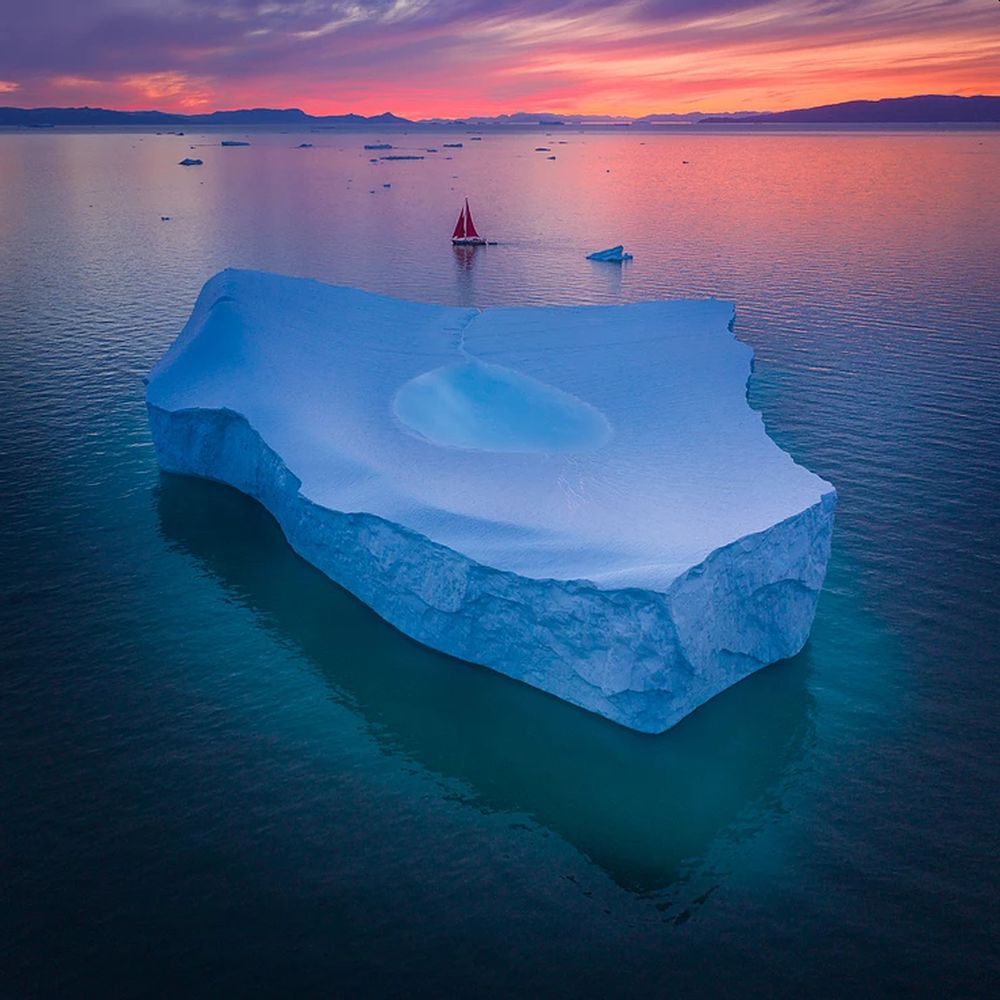Greenland Ice Sheet Losing Mass at Alarming Rate amid Temperature Rise
With the rising global temperatures, the frozen lands are melting at a faster pace than ever before. A study has indicated that the Greenland Ice Sheet is losing ice mass at an alarming rate amid heat and rain. Moreover, enough ice has melted toward the end of July in Greenland that it could cover the entire US state of Florida in a half-foot of water.
As temperatures in the Arctic surge, Greenland is experiencing one of its most severe thawing episodes. It is the third instance of extreme melting in the past decade, during which time period the melting has extended farther inland than the entire satellite era that began in the 1970s.
A massive ice melting event is taking place in #Greenland, according to @PolarPortal
It would be enough to cover Florida in 2 inches (5 cm) of water
Not as extreme as 2019 in terms of gigatons but the melt area is a bit larger than 2 years ago.#ClimateChange #ClimateAction pic.twitter.com/Ai7RaWWebK— World Meteorological Organization (@WMO) July 29, 2021
According to the Denmark Meteorological Institute, Greenland lost over 8.5 billion tons of surface mass on July 27 and 18.4 billion tons since July 25.
A senior research scientist at the National Snow and Ice Data Center at the University of Colorado, Ted Scambos said,
It’s a significant melt. July 27th saw most of the eastern half of Greenland from the northern tip all the way to the southern tip mostly melted, which is unusual…Overall, we’re seeing that Greenland melts more often. In previous decades or centuries, it’s extremely rare to get above freezing temperatures at the summit of Greenland.
Published in the journal Nature, a recent study said that the rate of melting that is witnessed today is likely to be the highest in the last 12,000 years. The study focused on Greenland Ice Sheet as it is expected to be the main contributing factor to sea-level rise by the end of this century, making it essential to understand the impact of global warming on this particular ice sheet.

Image: Albert Dros
The future amount of ice melt in Greenland is dependent on the future warming in the Arctic, which is directly related to the carbon emissions. Regardless, the effects of this melting will be felt worldwide. For the global community, areas vulnerable to sea-level rise will be severely affected. With the warming of the Arctic, the global atmospheric and oceanic circulation will change, consequently altering the weather patterns and regional climate.
Furthermore, ice loss has exacerbated as human-induced climate change warms the planet. A study published in the journal Cryosphere earlier this year revealed that the planet has lost a shocking 28 trillion tons of ice since the mid-1990s, a large amount of which was from the Arctic, including the Greenland Ice Sheet.
If the current warming and emission trends continue, the surface is most likely to drown by the end of the century, ultimately ending almost all life on the planet.
Via: CNN


